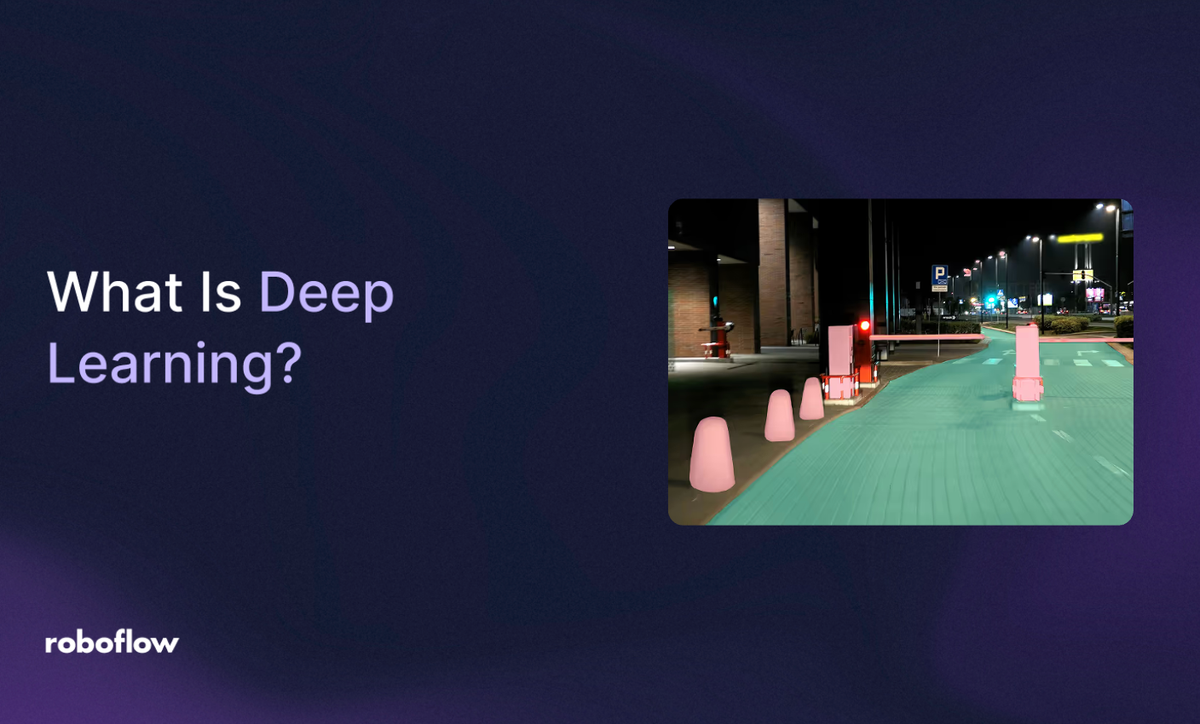
Artificial intelligence used to be science fiction and is now a part of our daily lives, powering everything from our social media feeds to medical diagnostics. At the heart of many of these breakthroughs is a powerful technique called deep learning. But what is deep learning, really? This article will demystify deep learning, explore how it differs from traditional machine learning, and cover its models, benefits, and challenges.
What Is Deep Learning?
At its core, deep learning is a subfield of machine learning inspired by the structure and function of the human brain. It uses Artificial Neural Networks (ANNs) that are composed of interconnected nodes, or "neurons," organized in layers.
A basic neural network has an input layer, where data enters; an output layer, which produces the final result; and one or more hidden layers in between where the actual computation happens.
Deep learning gets its name from using networks with many hidden layers, sometimes hundreds or even thousands. This "deep" architecture allows the model to learn complex patterns and hierarchies in data.
Each connection between neurons has a numerical weight. The network learns by adjusting these weights during a training process, typically using an algorithm called backpropagation, to minimize the difference between its predictions and the actual correct outcomes.
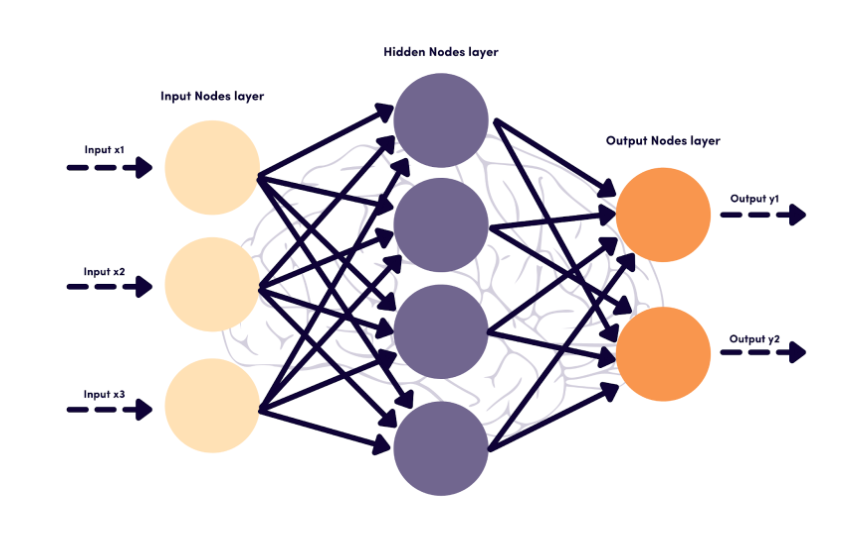
Deep Learning vs. Machine Learning
Deep learning is machine learning, but it is a specific approach. The most significant difference lies in feature extraction.
- Traditional Machine Learning: A data scientist must manually identify and extract relevant features (or variables) from the raw data and feed them to the model. For example, to classify images of cats and dogs, an engineer might have to define features like ear shape, snout length, and eye color. This process is time consuming and relies heavily on domain expertise.
- Deep Learning: The model performs automatic feature extraction. The initial layers might learn to detect simple features like edges and colors. Subsequent layers combine these to recognize more complex features like textures, shapes (like eyes or noses), and eventually, entire objects. This ability to learn features directly from the data is what makes deep learning so powerful, especially for unstructured data like images, audio, and text.
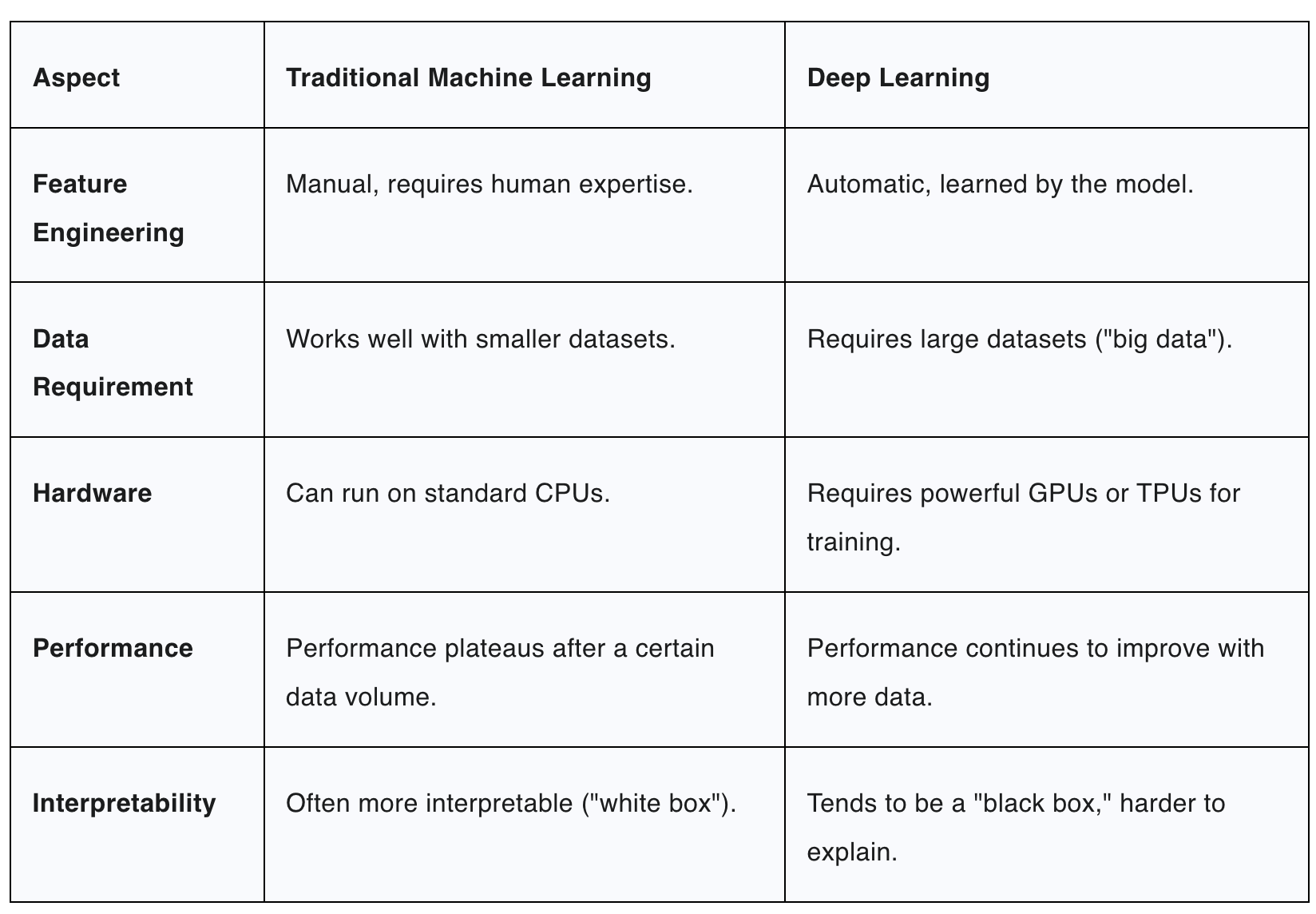
Real-World Deep Learning Examples
You likely interact with deep learning models every day. Here are a few prominent examples:
- Computer Vision: Self-driving cars use deep learning to detect pedestrians, signs, and other vehicles. It's also the technology behind facial recognition on your phone, and automatic photo tagging on social media. Roboflow makes it easy to create your own computer vision model for your own use case.
- Natural Language Processing (NLP): Services like Google Translate use deep learning models to understand context and provide more accurate translations. Chatbots, virtual assistants (like Siri and Alexa), and spam filters in your email all rely on NLP powered by deep learning.
- Recommendation Engines: When Netflix suggests a movie or Spotify creates a personalized playlist for you, they are using deep learning to analyze your past behavior and predict what you'll enjoy next.
Types of Deep Learning Models
There isn't a one-size-fits-all deep learning model. Different architectures are designed for different tasks. Below are the top 3 most popular models.
- Convolutional Neural Networks (CNNs): These are the workhorses of computer vision. CNNs are specifically designed to process pixel data and are highly effective at image recognition, object detection, and segmentation. They use special layers called convolutional layers to scan for features within an image.
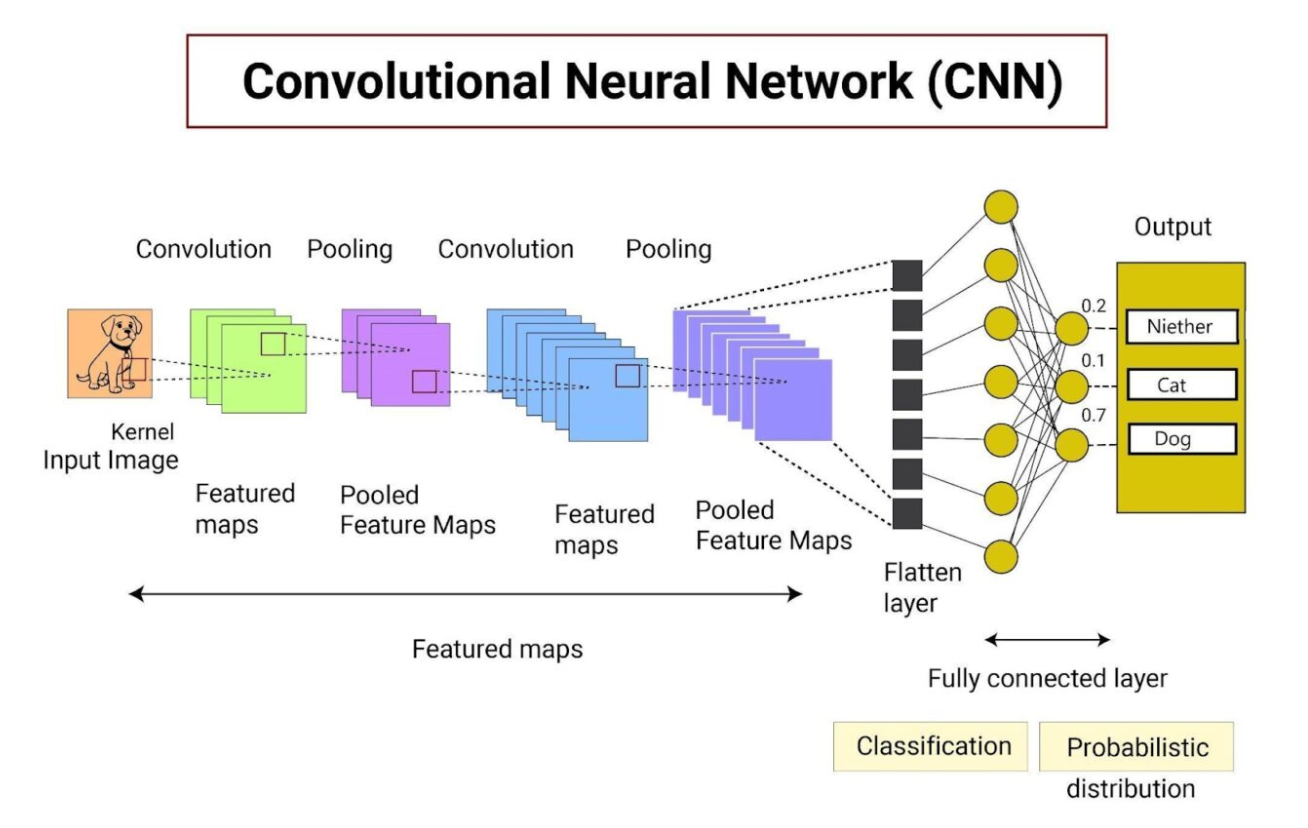
- Recurrent Neural Networks (RNNs): RNNs are built to handle sequential data, like text or time-series data. They have a form of "memory" that allows information from previous inputs in a sequence to influence the current one. This makes them ideal for tasks like language modeling, speech recognition, and stock market prediction. Long Short-Term Memory (LSTM) networks are an advanced type of RNN that can remember information for longer periods.
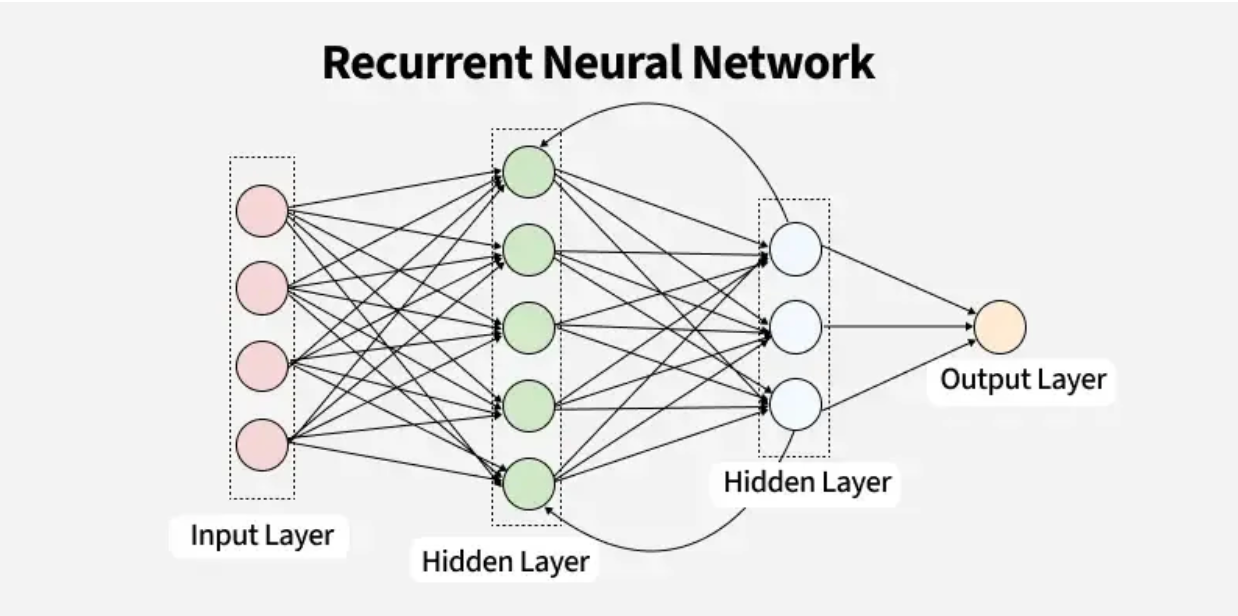
- Generative Adversarial Networks (GANs): GANs are a fascinating type of model consisting of two competing neural networks: a generator and a discriminator. The generator creates new data (e.g., synthetic images), and the discriminator tries to determine whether the data is real or fake. They train together until the generator becomes so good at creating realistic data that the discriminator can no longer tell the difference. GANs are used to create deepfakes, generate realistic art, and improve image resolution.
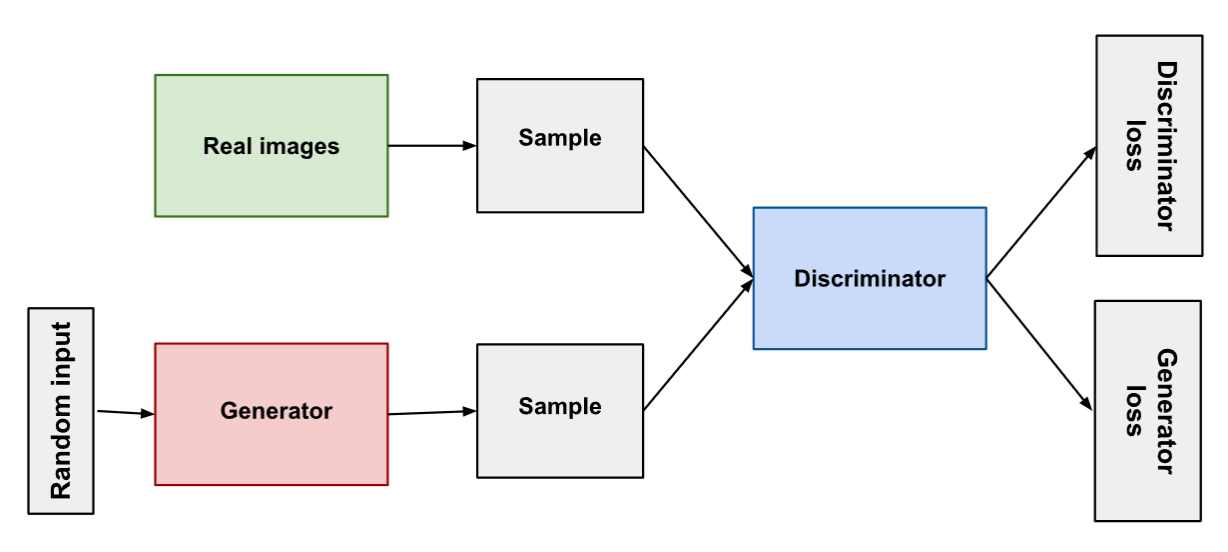
Challenges of Deep Learning
Despite its power, deep learning isn't a magic solution to everything. It comes with several significant challenges:
- Massive Data Requirements: Deep models are data hungry. They require enormous amounts of labeled training data to achieve high performance, which can be expensive and difficult to acquire.
- High Computational Cost: Training a deep learning model can take days or even weeks and requires specialized, powerful hardware like Graphics Processing Units (GPUs) or Tensor Processing Units (TPUs).
- The "Black Box" Problem: Due to the millions of parameters and complex interactions within a deep network, it can be extremely difficult to understand why a model made a specific decision. This lack of interpretability is a major issue in critical applications like healthcare and finance.
Benefits of Deep Learning
The widespread adoption of deep learning is driven by its clear advantages over other methods:
- State-of-the-Art Performance: For many problems, especially in computer vision and NLP, deep learning models have surpassed human-level performance and are considered the gold standard.
- Automatic Feature Engineering: By learning features directly from the data, deep learning eliminates the most time-consuming and challenging part of the traditional machine learning workflow.
- Scalability: The performance of deep learning models generally continues to improve as you feed them more data and provide more computational power, making them well-suited for the "big data" era.
Deep Learning Conclusion
Deep learning has fundamentally changed the landscape of artificial intelligence. By using deep, multi-layered neural networks to learn hierarchical patterns directly from data, it has solved problems that were once considered impossibly complex.
While it presents challenges related to data, computation, and interpretability, its ability to achieve breakthrough performance on unstructured data has made it an indispensable tool for innovation across nearly every industry. As research continues, we can expect deep learning to become even more powerful, accessible, and integrated into the technology that shapes our world.
Create your own deep learning model easily using Roboflow.
Cite this Post
Use the following entry to cite this post in your research:
Contributing Writer. (Oct 6, 2025). Introduction to Deep Learning. Roboflow Blog: https://blog.roboflow.com/deep-learning/
